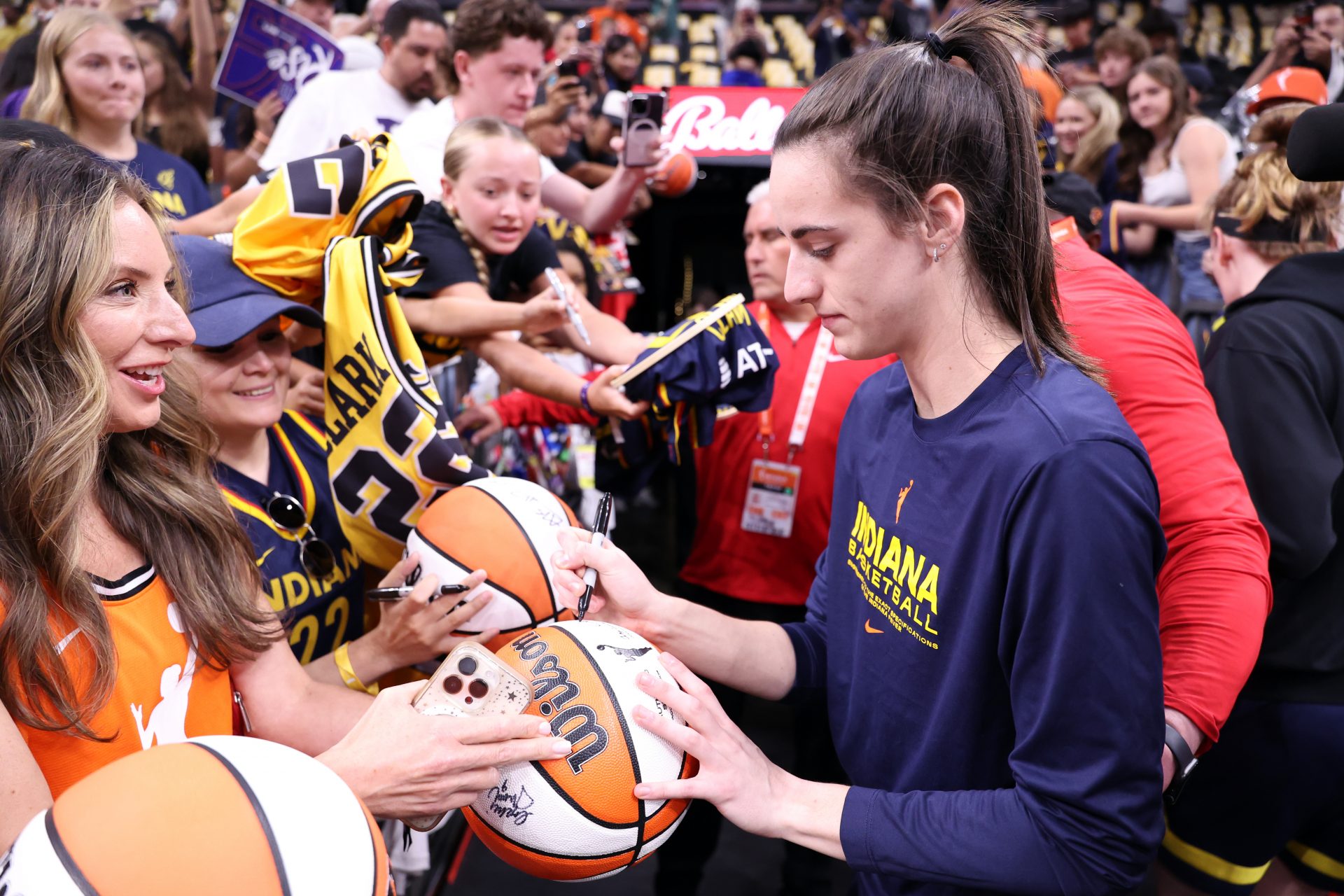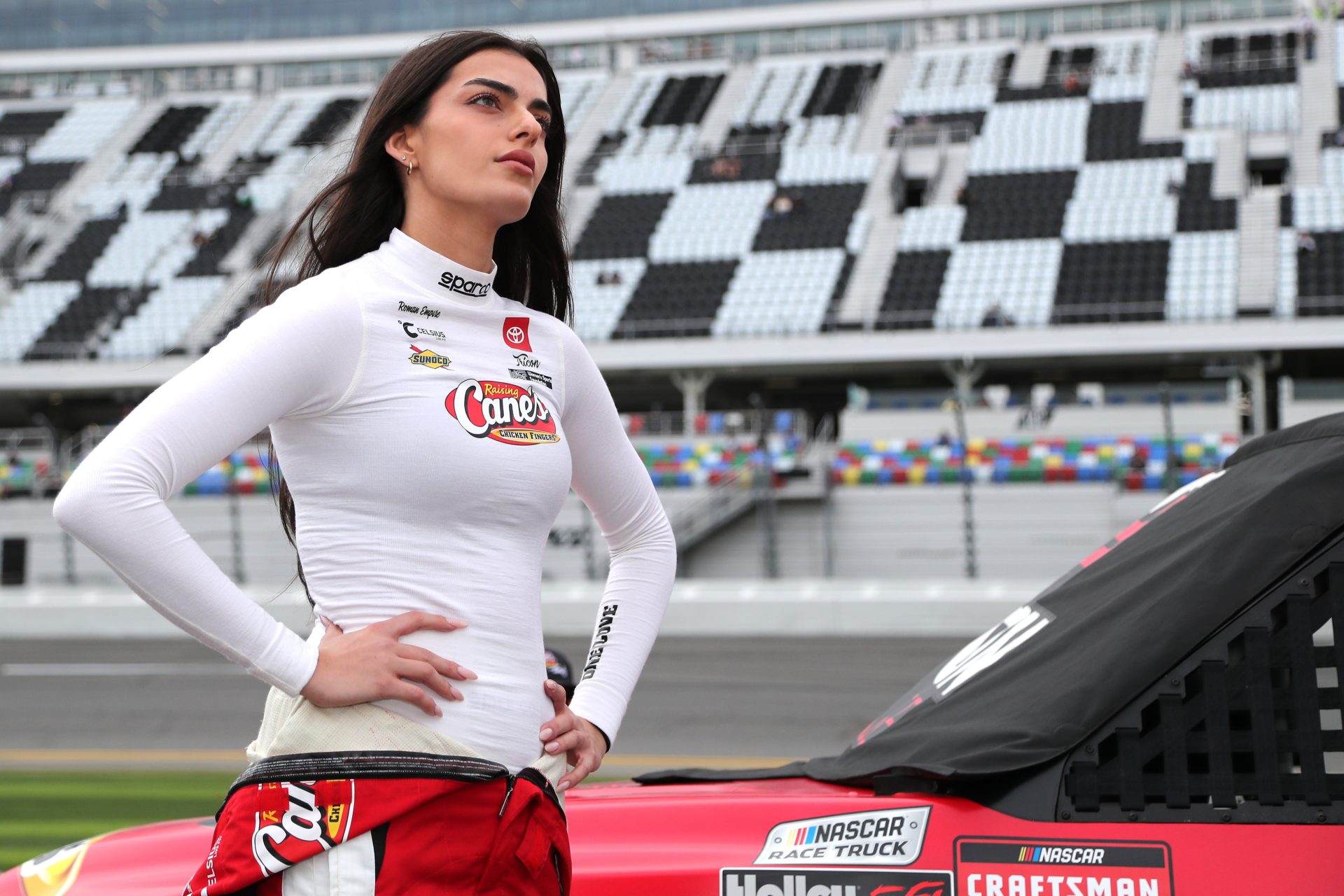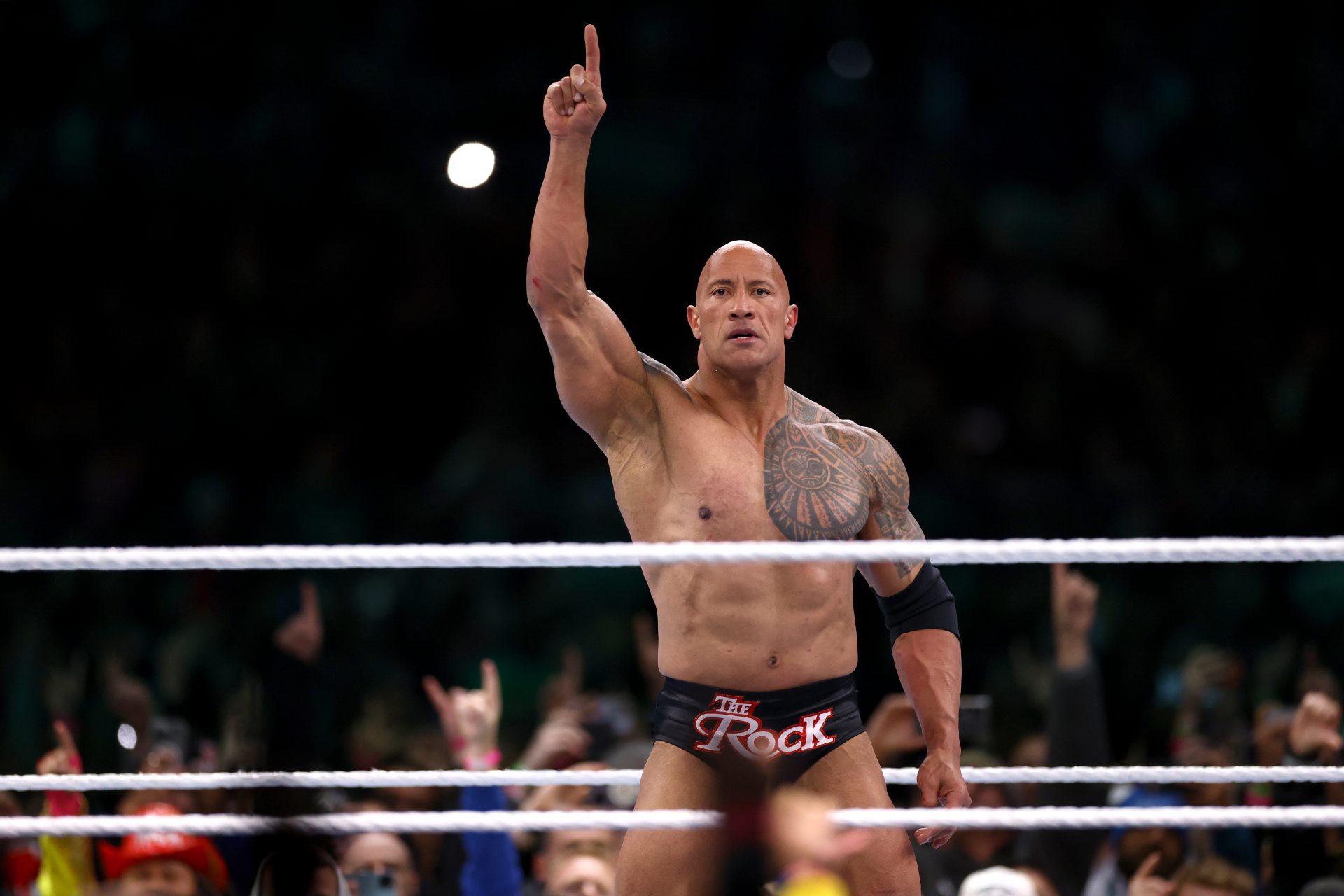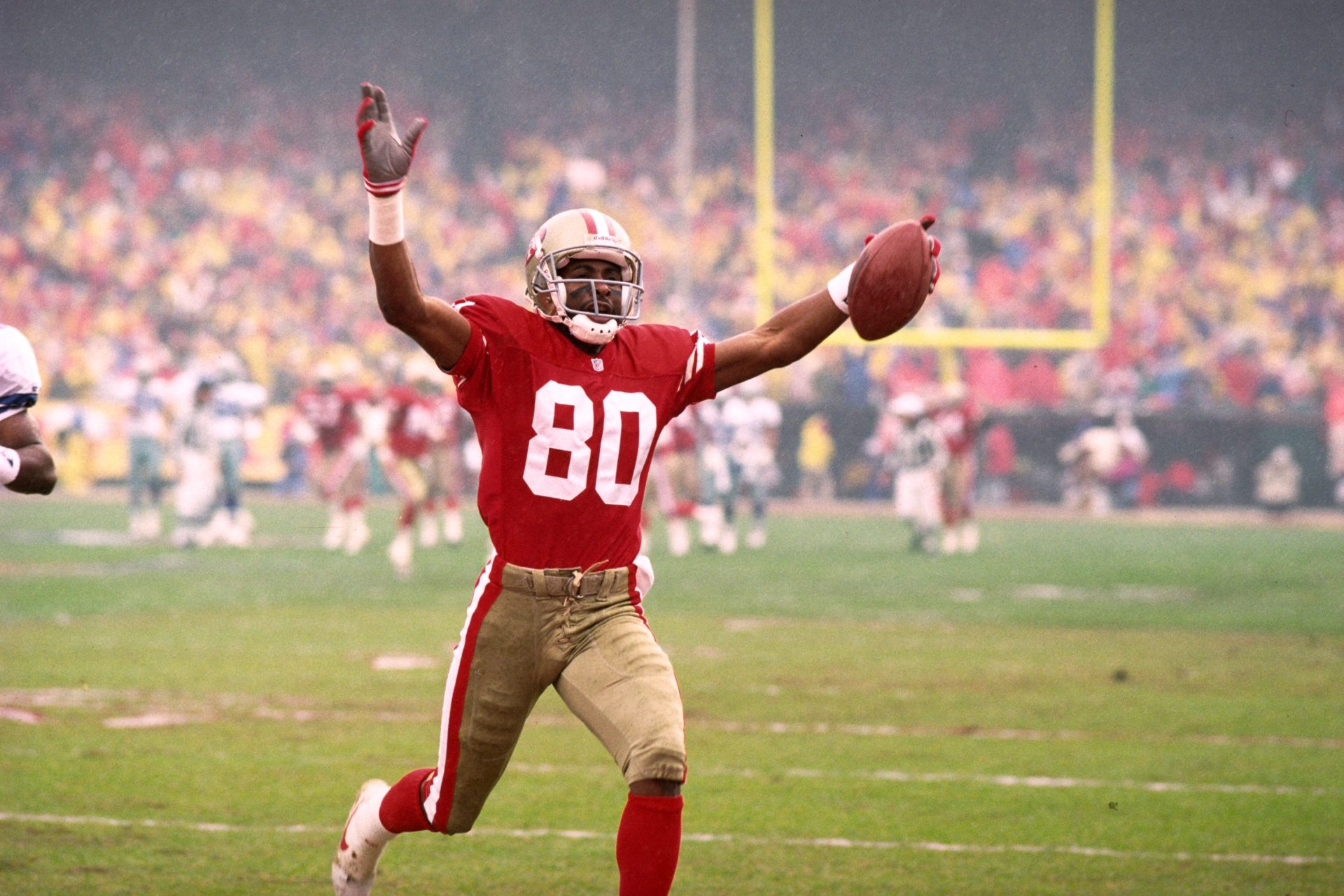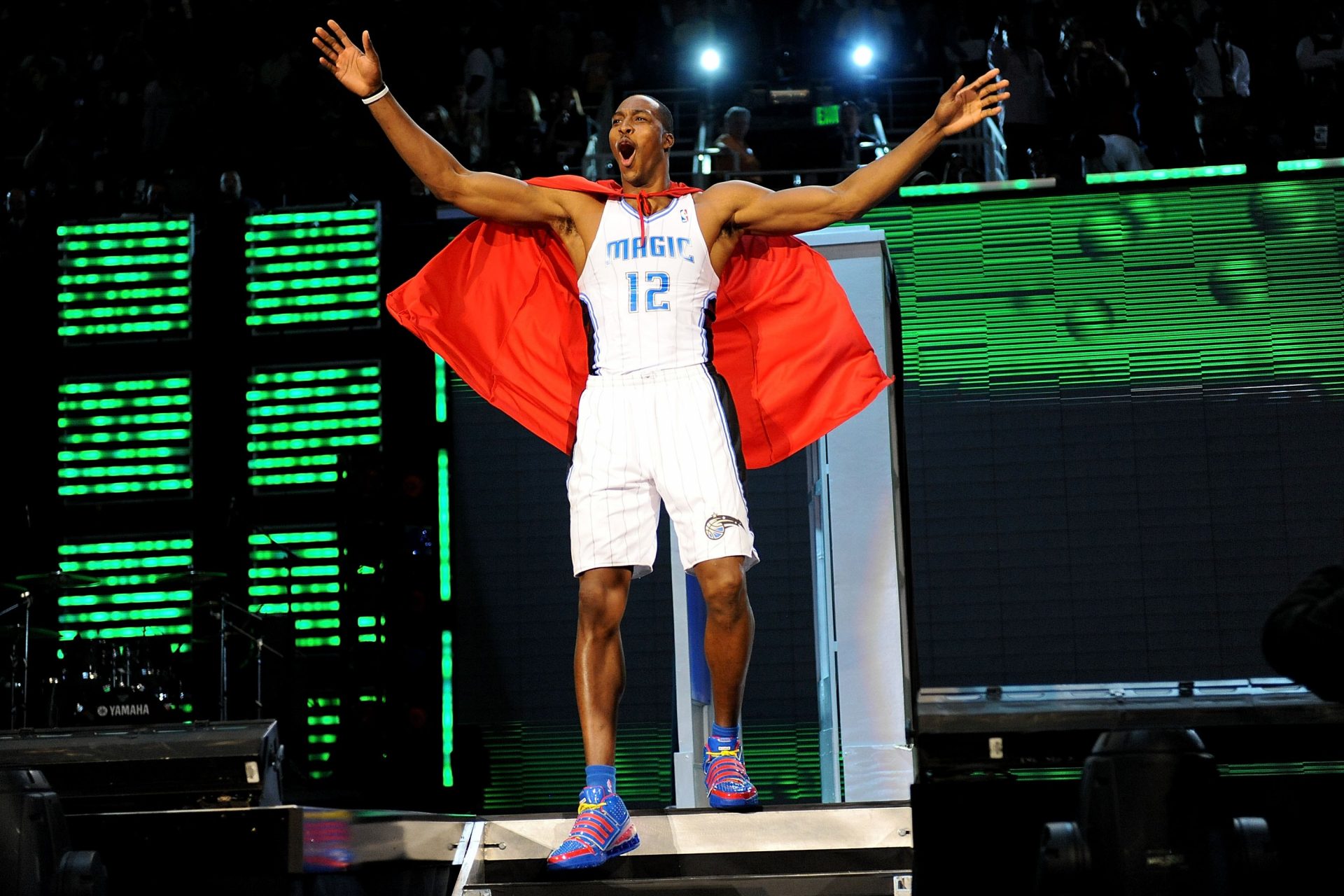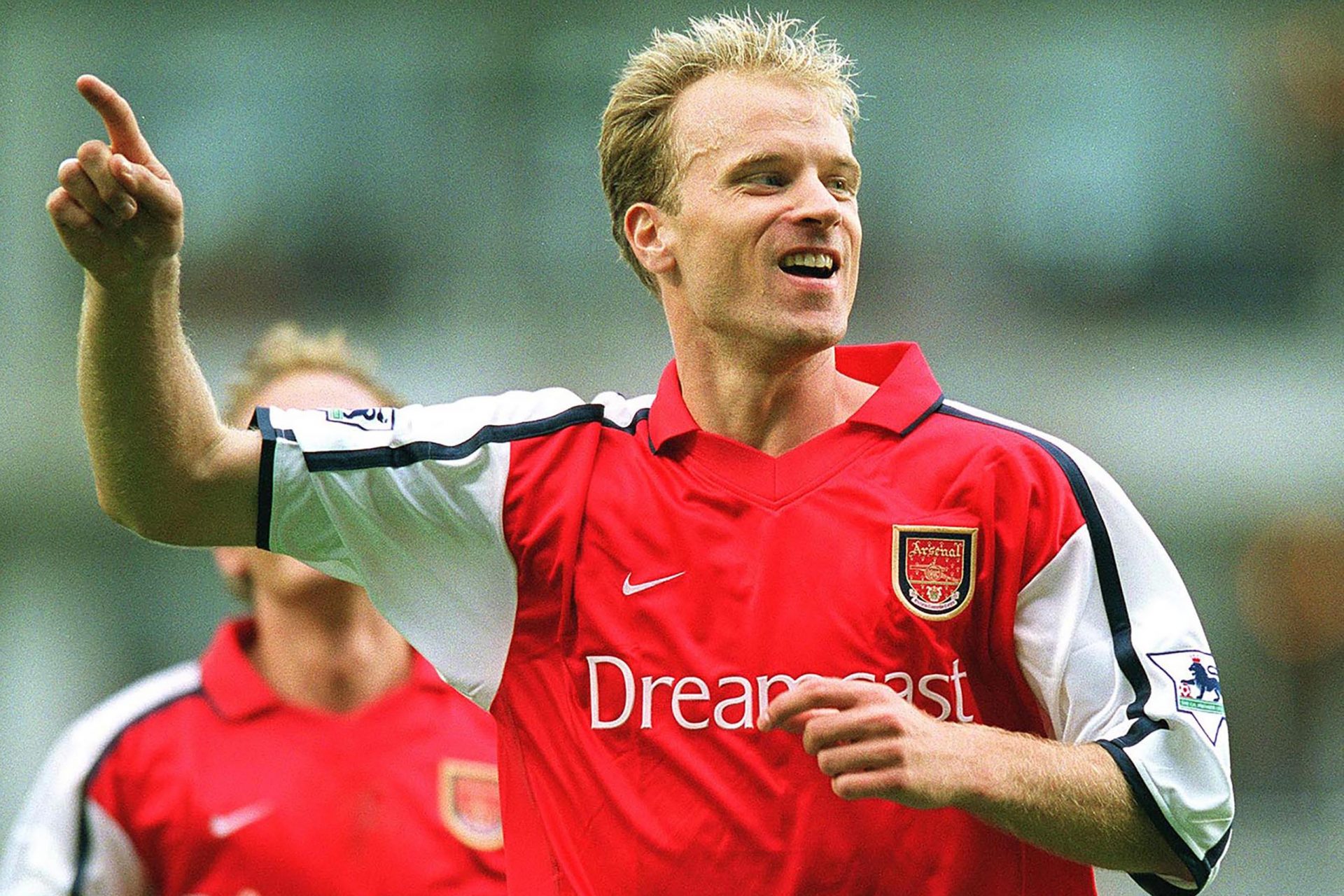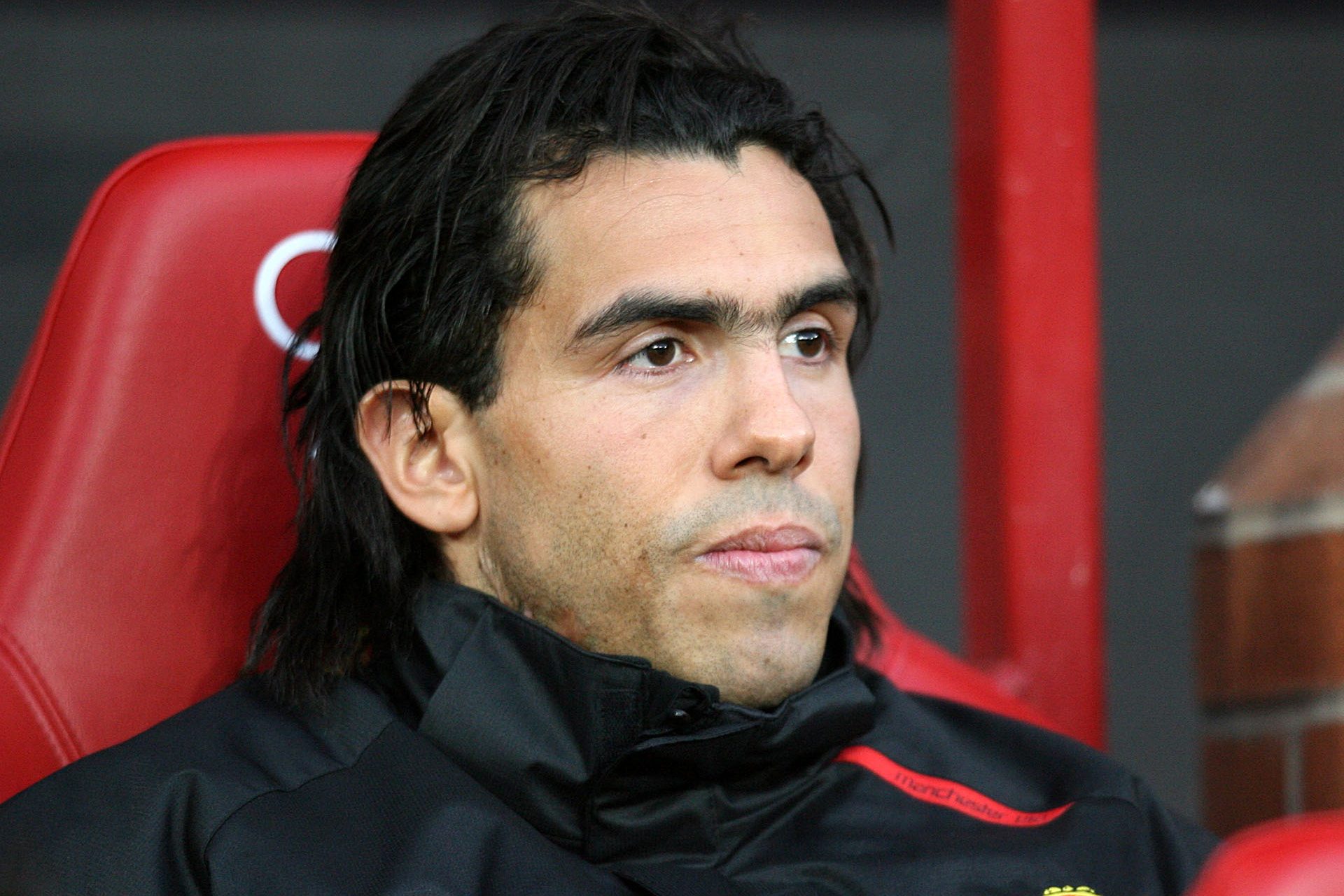The 10 fiercest team rivalries and how they started
Rivalries are what keep sports interesting. While the world of sports is full of fantastic storylines, heated rivalries, and unsettled scores, there are some that are just a cut above the rest. Let's look at the fiercest rivalries on the planet.
The Nort-West derby is a hallmark of the premier league calendar and with good reason. These two English giants are regularly battling it out for the top of the league table and know they need to bring their A-game to this match-up. As a result, these fixtures, especially in recent years are tight clashes and often come down to the wire.
When it comes to competitiveness, this is one of sport’s finest examples but unlike some of the other rivalries on this list, this one doesn’t spill over to violent clashes too often, with both fans more just looking to will their club on to greater success.
One of the most anticipated match ups of any NFL season has to be the Green Bay Packers and Chicago Bears. These two have been bitter rivals for nearly a century, going back to 1921 when the two were foundation teams, and their games have rarely failed to excite.
The rivalry has been fueled by the proximity of the two teams, with Chicago and Green Bay located just 200 miles apart. The passion of the fans on both sides adds to the intensity of the rivalry, while players of each each team understand the importance and always put in for this fixture.
Despite the heated competition, there is a mutual respect between the two teams, but that’s not to say things haven’t spilled over in the field once or twice. One example would be in 1986, when Packers defensive lineman Charles Martin delivered a late hit on Bears quarterback Jim McMahon, causing a shoulder injury that would sideline McMahon for the rest of the season.
The rivalry between the New York Yankees and the Boston Red Sox is one of the most intense and historic rivalries, certainly in baseball, but also in any sport. The two teams have been battling it out on the baseball diamond for over a century, with their first meeting in 1901.
The rivalry has been spurred on by many memorable moments, including the infamous trade of Babe Ruth from the Red Sox to the Yankees in 1920, which many fans believe was the beginning of the "Curse of the Bambino" – a drought that saw the Red Sox go 86 years without winning a World Series championship.
There are plenty of other notable incidents that have fueled this rivalry too, including the 2003 American League Championship Series, when Red Sox pitcher Pedro Martinez threw Yankees bench coach Don Zimmer to the ground during a bench-clearing brawl.
The NHL is known for its intensity, and when it comes to it’s rivalries its hard to top the Boston Bruins v Montreal Canadiens. These two teams are the oldest and most successful franchises in NHL history, and they have been battling each other for supremacy on the ice for nearly a century.
The origins of the rivalry can be traced back to the early days of the NHL in 1924, when the Bruins were the first US teams to be added to the Canadian competition. The teams developed a heated rivalry, with each side representing different cultures and languages.
Over the years, the rivalry between the Bruins and Canadiens has produced some of the most memorable moments in NHL history. The two teams have played each other more than any other teams in NHL history, and their games are always fiercely contested, as such things have spilled over for fans and players alike on more than one occasion.
One of the most famous incidents in the rivalry occurred during a game in 1955, when Canadiens' superstar Maurice Richard was involved in a physical altercation with Bruins' defenseman Hal Laycoe. A linesman tried to separate the two but was rewarded with a couple of knockout punches from Richard for his efforts. Richard was suspended for the remainder of the season. This incident just added fuel to the fiery rivalry between the Bruins and Canadiens.
One of the oldest and fiercest rivals in the NBA, the Lakers/Celtics match-up is along the lines of Manchester/Liverpool rivalry in terms of it being a battle for dominance, but the intensity is dialed up a notch on and off the court here, and at times has spilled over into violence and riots.
The rivalry dates back to the 1960s when the two teams met in the NBA Finals six times in a nine-year span, with the Celtics winning all six matchups. BaIt was renewed in the 1980s when the sides met three times in the finals, with the Lakers winning two out of the three encounters. So far, the Boston Celtics and the Los Angeles Lakers have met a record 12 times in the NBA Finals.
When the Celtics and Lakers play each other, the games are often physical and closely contested, with both teams fighting hard for every possession but this physicality has famously reached a head at times. For example, In Game 2 of the 1984 NBA Finals, Lakers forward Kurt Rambis was clotheslined by Celtics forward Kevin McHale. The hard foul sparked a bench-clearing brawl and set the tone for a physical series, which the Celtics won in the seventh game.
And it’s not just limited to the players themselves. The passion of the fans sometimes gets the better of them too, as seen in 2010 when supporters of the LA Lakers threw rocks and bottles, torched cars and smashed windows after their team’s 83-79 victory over the Boston Celtics in the finals.
Nowhere near as old as the Packers/Bears rivalry, but probably a lot more fierce these days would have to be the Steeler vs Bengals clash, easily accounting for one of the most heated fixtures in the NFL calendar.
The two teams first met on September 20, 1970, but the rivalry really started to take shape in the 2000s when both teams were enjoying success and competing for playoff spots. The Steelers and Bengals played several hard-fought games that included physical play and intense on-field altercations.
In particular, a 2005 playoff game between the two teams is often cited as a turning point in the rivalry. The game, which the Steelers won 31-17, featured numerous personal fouls and unsportsmanlike conduct penalties. Bengals quarterback Carson Palmer also suffered a devastating knee injury in the game, which added fuel to the already intense rivalry.
El Clasico, as it’s known in Spain, is certainly one of the biggest rivalries in soccer. These two Spanish giants are not only the two biggest clubs in their homeland, but they are also easily two of the most influential clubs in association football, with the ability – and funds – to attract and retain the biggest names in soccer.
As well as fighting it out for top spot of the La Liga table each year, the two are perennial favorites in the Champions League. And while just their battles for the top spot could be enough to maintain an intense rivalry, theirs has deeper roots.
While the are political divides between Catalonia, home to Barcelona, and the rest of Spain which definitely come into play here, this rivalry was really forged after a mix-up when signing Alfredo di Stefano in 1953. Both clubs thought they had signed the Argentinian, but after some confusion, he ended up playing for Madrid.
From this, the rivalry has just gotten stronger and more intense as the years go by, to the point you can always expect some civil unrest anytime this derby takes place. In fact, in 2019 it had a cross over with a Catalan separatist protest which saw molotov cocktails and barricades set on fire while thousands clashed with riot police.
Unless you happen to be from Oceania or the north of England, you’re probably unfamiliar with this, but as far as fierce rivalries go this is easily up there with the best of them. The State of Origin, as it’s known, is the premier rugby league fixture in the world, where the Australian states of Queensland and New South Wales battle it out in a best-of-three series.
You could think of this as a fairly tame affair as fans of each side rarely get violent with each other, but there is often genuine hate on show here. Watch any game (especially from the 80s or 90s) and you’ll see just how heated this rivalry gets. It was common for matches to erupt in all-out brawls – sometimes even two or three times a game – among the players, many of them teammates in club sides, until the governing body was forced to impose strict rules on closed fist contact. This still occurs, however, despite the heavy sanctions.
Though there are probably close to a hundred examples of Origin fights, the most famous incident was the ‘cattle dog’ call, in which the Blues side were instructed to start a brawl when the phrase ‘cattle dog’ was called out in a bid to rattle the Maroons as they packed into a scrum – it resulted in star Blues halfback Andrew Johns receiving 27 stitches in his face.
The series was originally started as a showcase for Kangaroos selectors to help them decide who to pick for the national squad. But prior to 1981, NSW controlled the game and they refused to let Queensland players contracted to NSW play for their home state in the derby. Once those rules changed, it opened the doors for Queensland players to represent their home state, unleashing 80 years of oppression in the process.
One of the oldest derbies in soccer and one of the most contested, the Rangers and Celtic have faced off 433 times since 1888, but time and familiarity have done little to settle this 150-year-old score. The Old Firm derby is also the fiercest rivalry in world football with some of the worst cases of violence seen in the soccer world.
In fact, each time these two face off there is destined to be arrests made, with everything from setting off flairs to significant property damage being on the cards. In 1980, 9,000 fans of both teams fought on the pitch in the worst-ever pitch invasion in football. Around Glasgow and even in Northern Ireland, violence has been shown to increase on derby day.
Like most old-fashioned issues, the rivalry stems from political and religious beliefs. Rangers are considered a Protestant and Unionist club while Celtic is the Catholic and Republican. These two clubs are so fundamentally opposed to each other that you’re not often likely to see a player or manager swap to the other side here.
Going far deeper than the game itself, the rivalry between India and Pakistan in cricket has to be the most intense and passionate sporting rivarly in the world. The two countries have a long and complex history, marked by political tension and military conflict, and cricket has become a symbol of national pride and identity for both nations.
These two countries have had a tense relationship since the Partition of British India in 1947, but on a sporting level, the rivalry began in 1952 when India and Pakistan played their first Test match against each other.
Since then, the two teams have faced off in a number of high-profile matches, including multiple World Cup encounters, but the games are always intense affairs, often marred by political and civil incidents, and for long periods were only sanctioned to be played on neutral grounds, such as Canada or the UAE. Even then the game has gotten heated, such as when Inzamam-ul-Haq attacked an Indian spectator who had been heckling him in Toronto.
In fact, the tension around these match-ups can be so intense whole tours have been abandoned at times when the countries are going through politically uncertain times, and authorities have deemed the match to be too much of a risk to civil order.
With good reason too, riots and altercations are not uncommon at the gounds at these events. And it’s not just a risk to the fans either. For one example, in the Indian cricket team in Pakistan in the 1989–90 series, the 3rd ODI at Karachi was abandoned due to crowd disturbance. When Pakistan lost three wickets at the score of 28, fans started throwing stones and other hard objects at the Indian fielders. The crowd could not be calmed down and the match had to be abandoned.
More for you
Top Stories







































